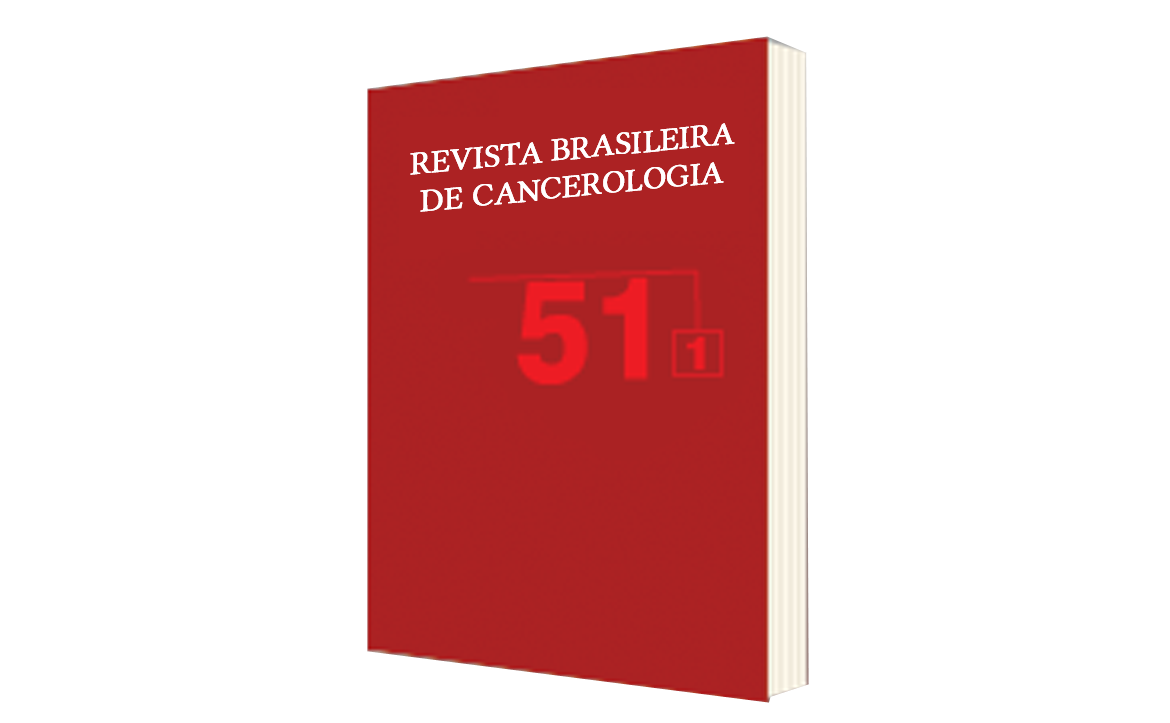Cyclin D1 and p16 immunohistochemical expression in oral squamous cell carcinoma: correlation with TMN classification and location
DOI:
https://doi.org/10.32635/2176-9745.RBC.2005v51n1.1990Keywords:
Squamous cell carcinoma, Mouth, Immunohistochemical, Cyclin D1, p16Abstract
Objective: To correlate the expression of cyclin D1, an oncogene, and p16, a tumor suppressor gene to the clinicopathological features of oral squamous cell carcinoma (OSCC). Methods: Formalin-fixed and paraffinembedded samples from 34 patients with primary oral squamous cell carcinoma (OSCC) were retrieved from the files of the Araújo Jorge Hospital from Goiânia, Brazil. Features such as TMN classification and anatomical site, were obtained from the patients' records. The immunohistochemistry technique was realized in the Oral Pathology Department, School of Dentistry, University of São Paulo, Brazil. Results and Conclusions: There was no correlation in the mean number of cyclin D1 positive nuclei and p16 with the clinicopathological features. Therefore, cyclin D1 was less expressed in OSCC of lower lips, and in T1 tumors. The results indicated that nuclear accumulation of p16 was not found to be of prognostic significance. The findings of cyclin D1 expression doesn't show an absolute prognostic marker that is also evidence from the p values. However, they suggest that higher level of cyclin D1 expression contributes, together with other activated oncongene, in the process of tumor progression.









